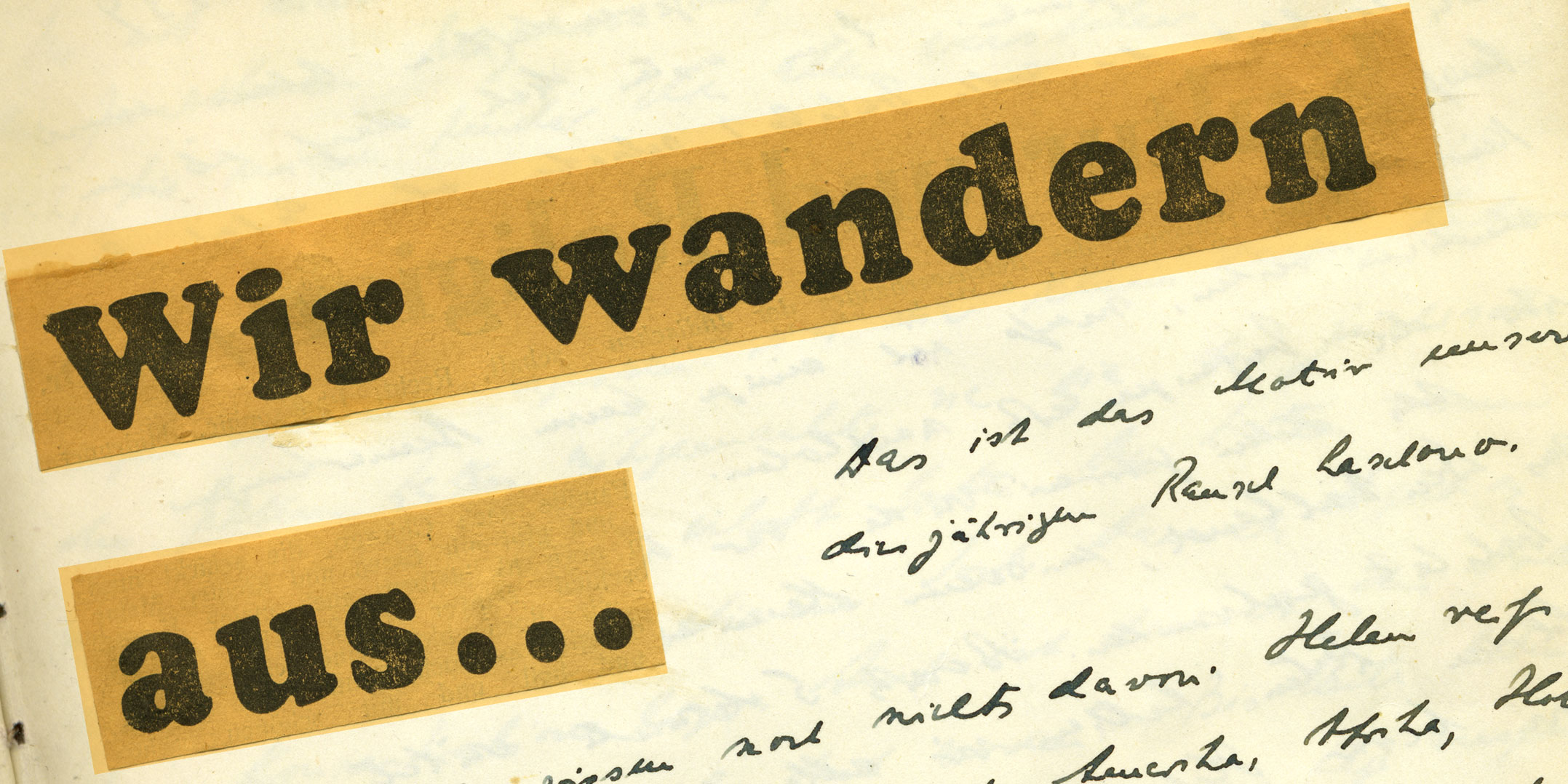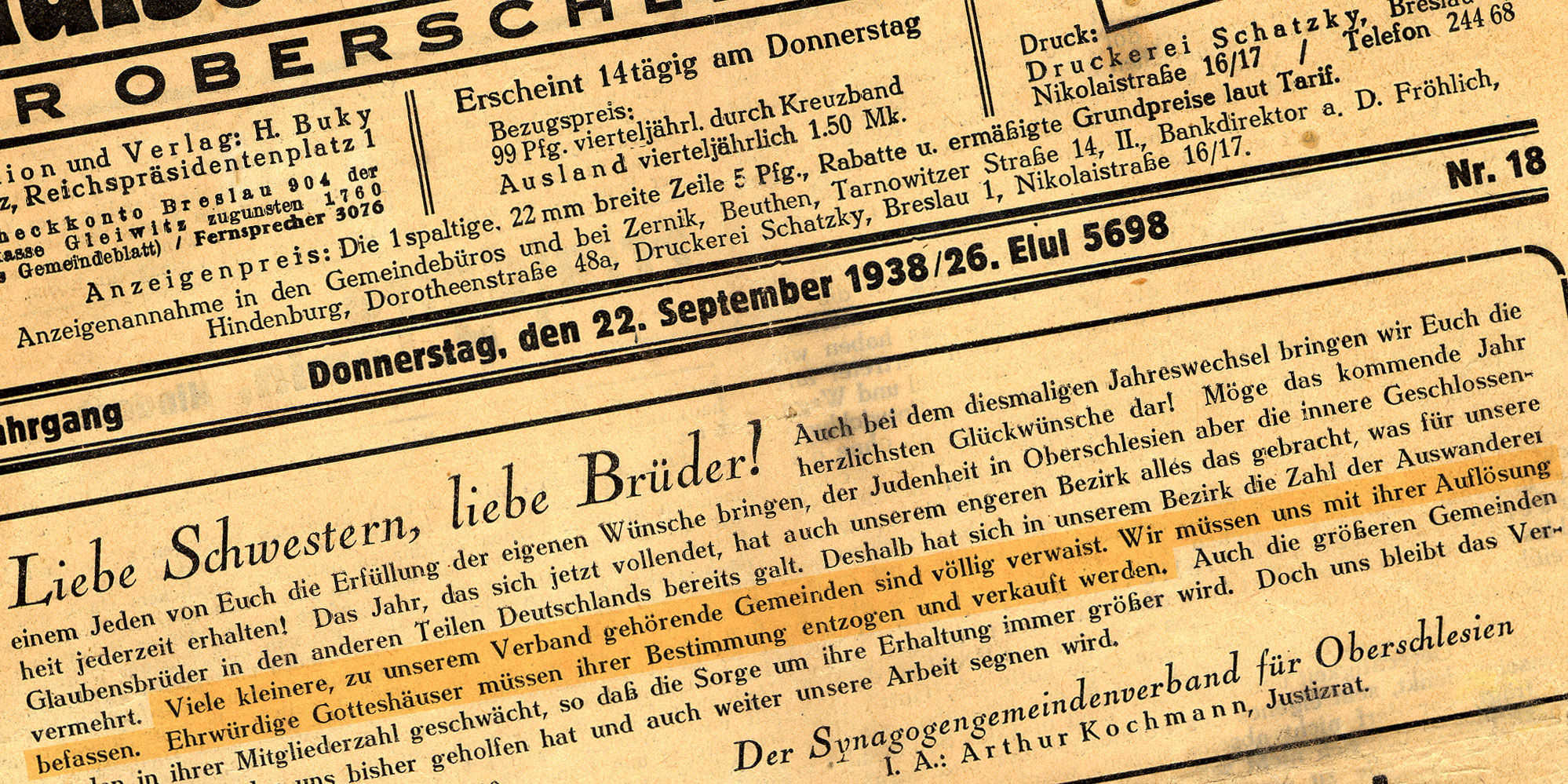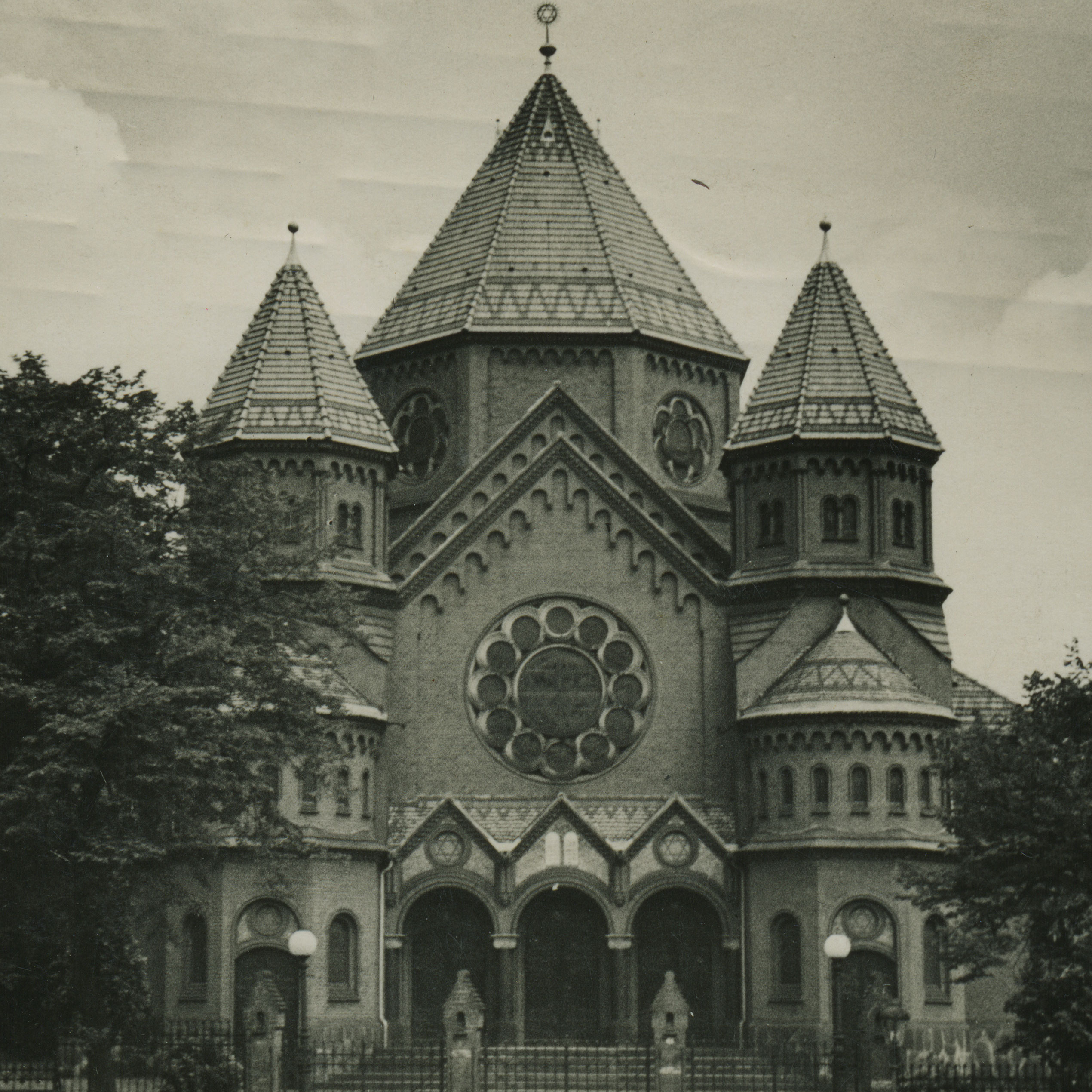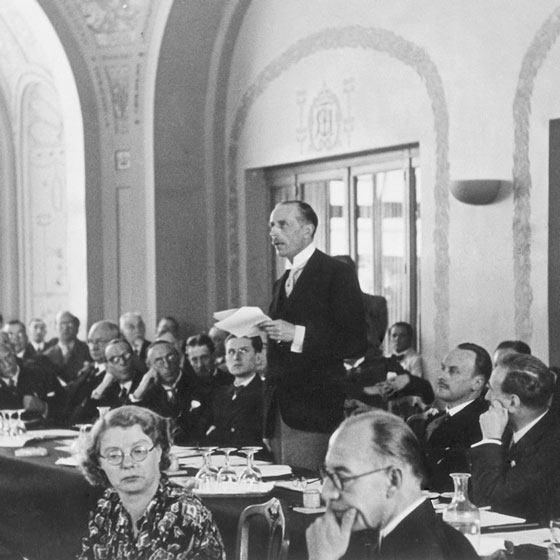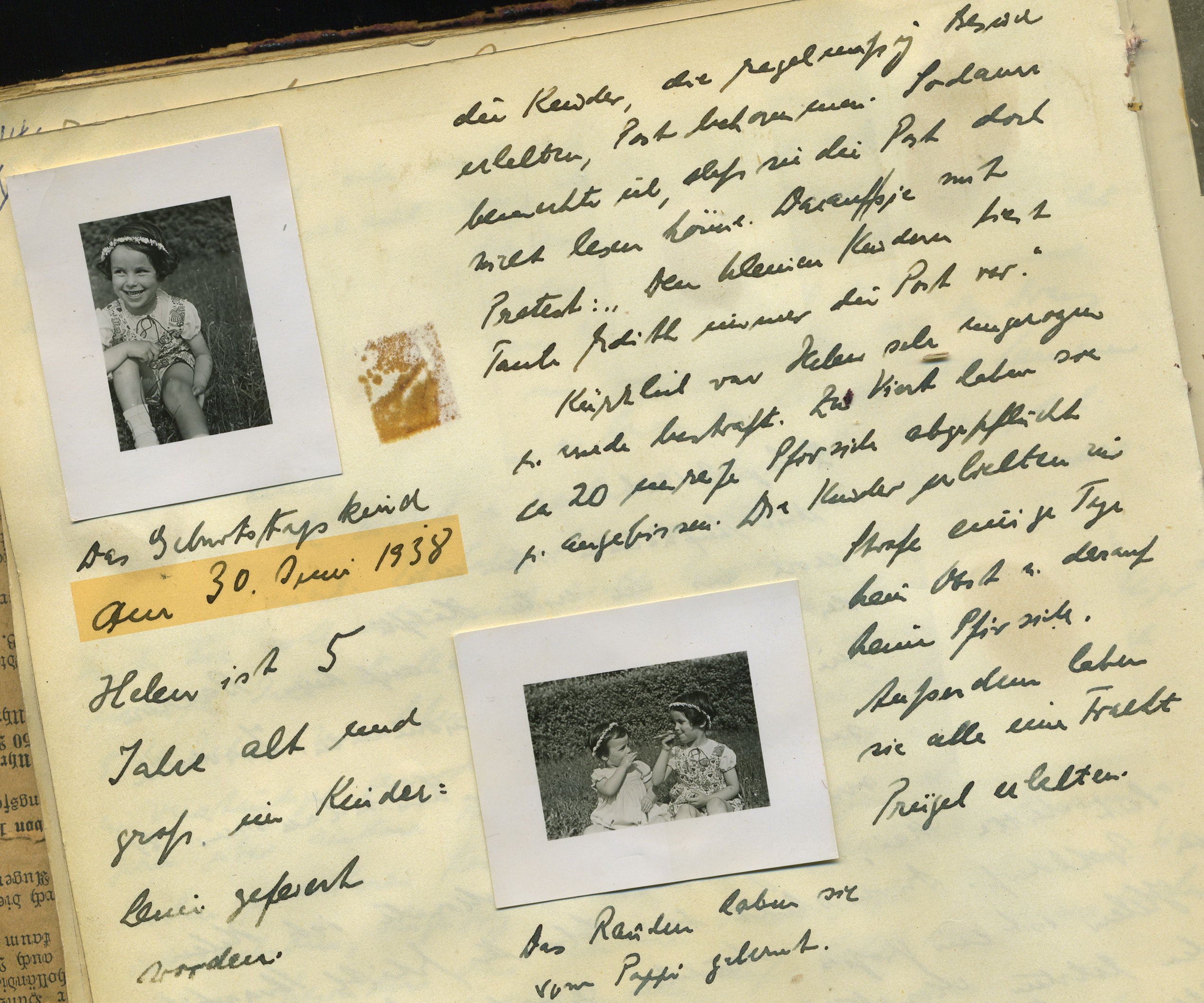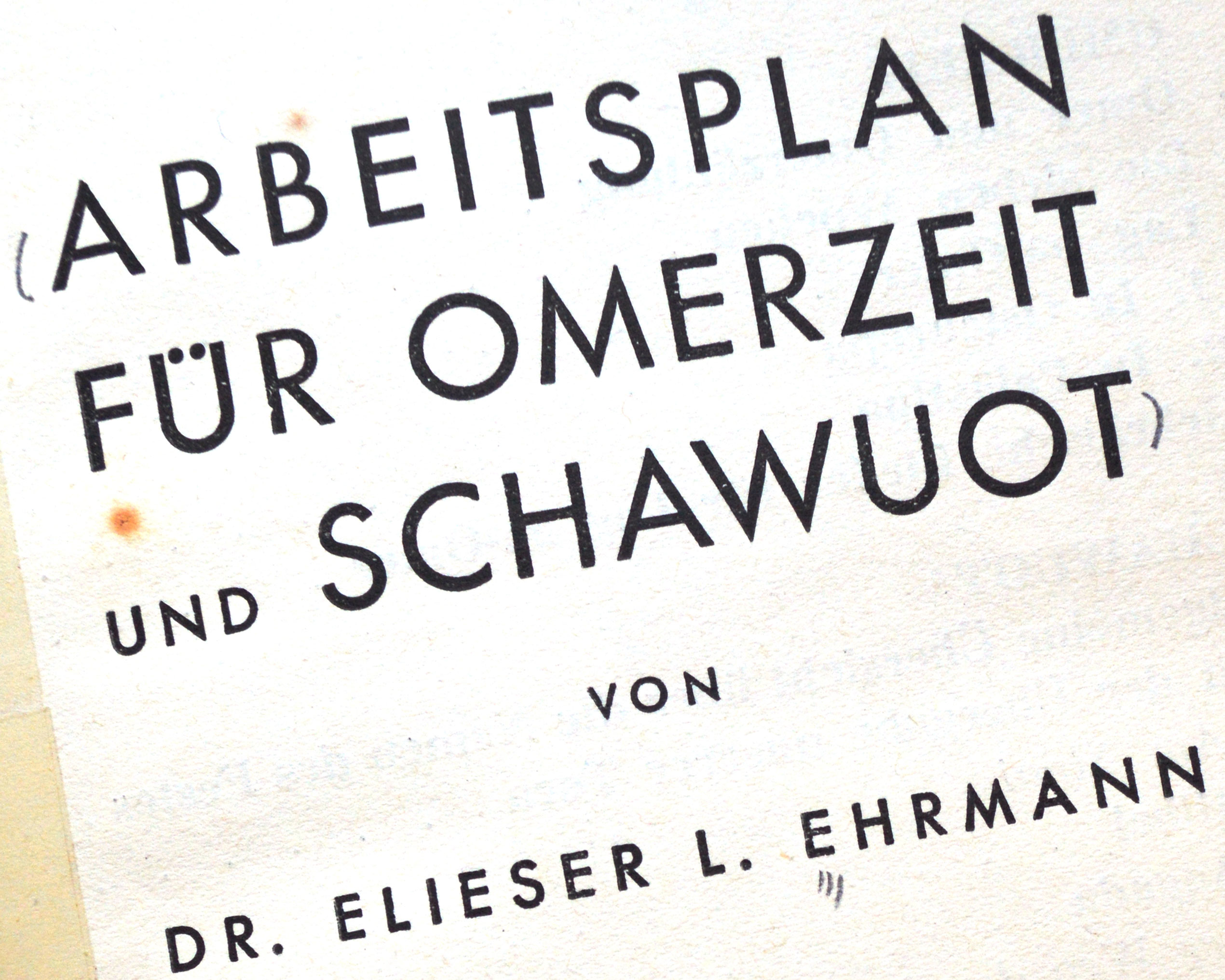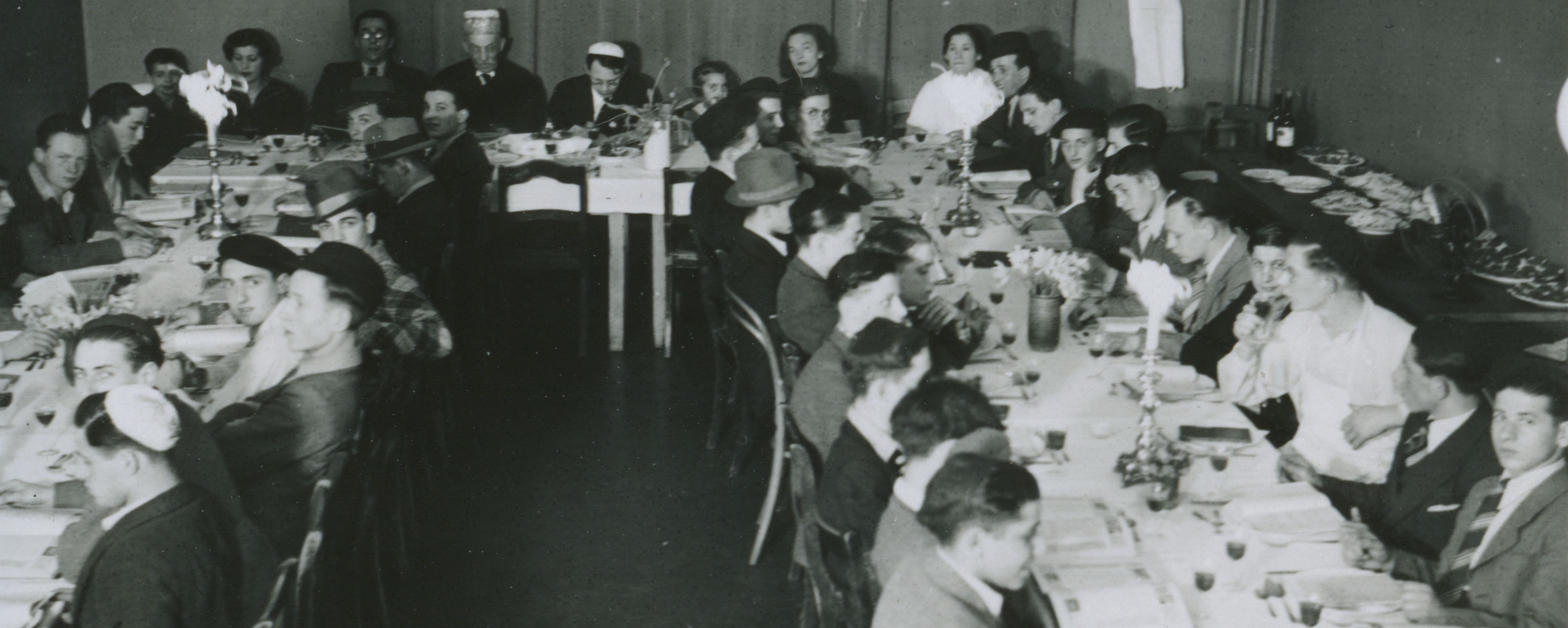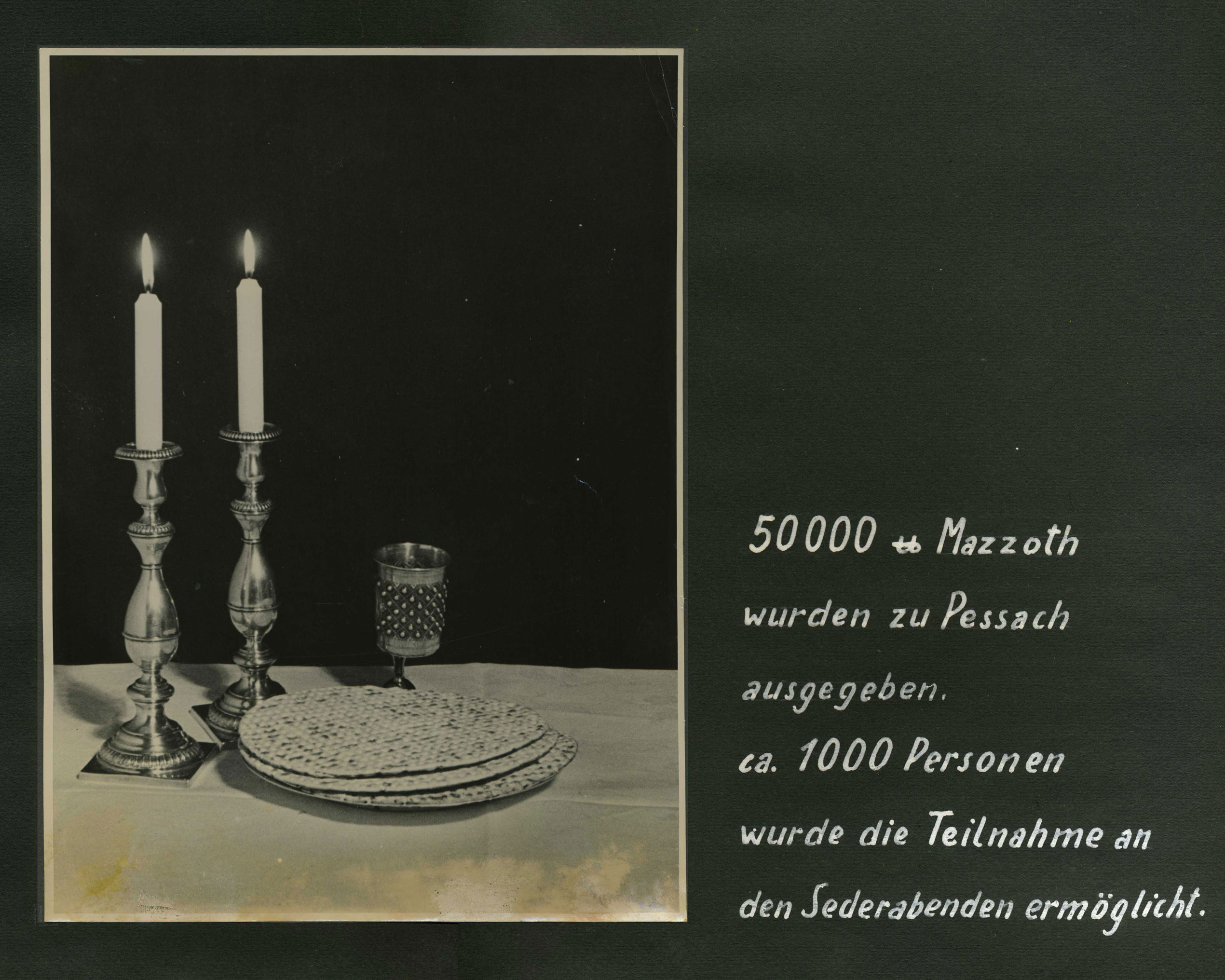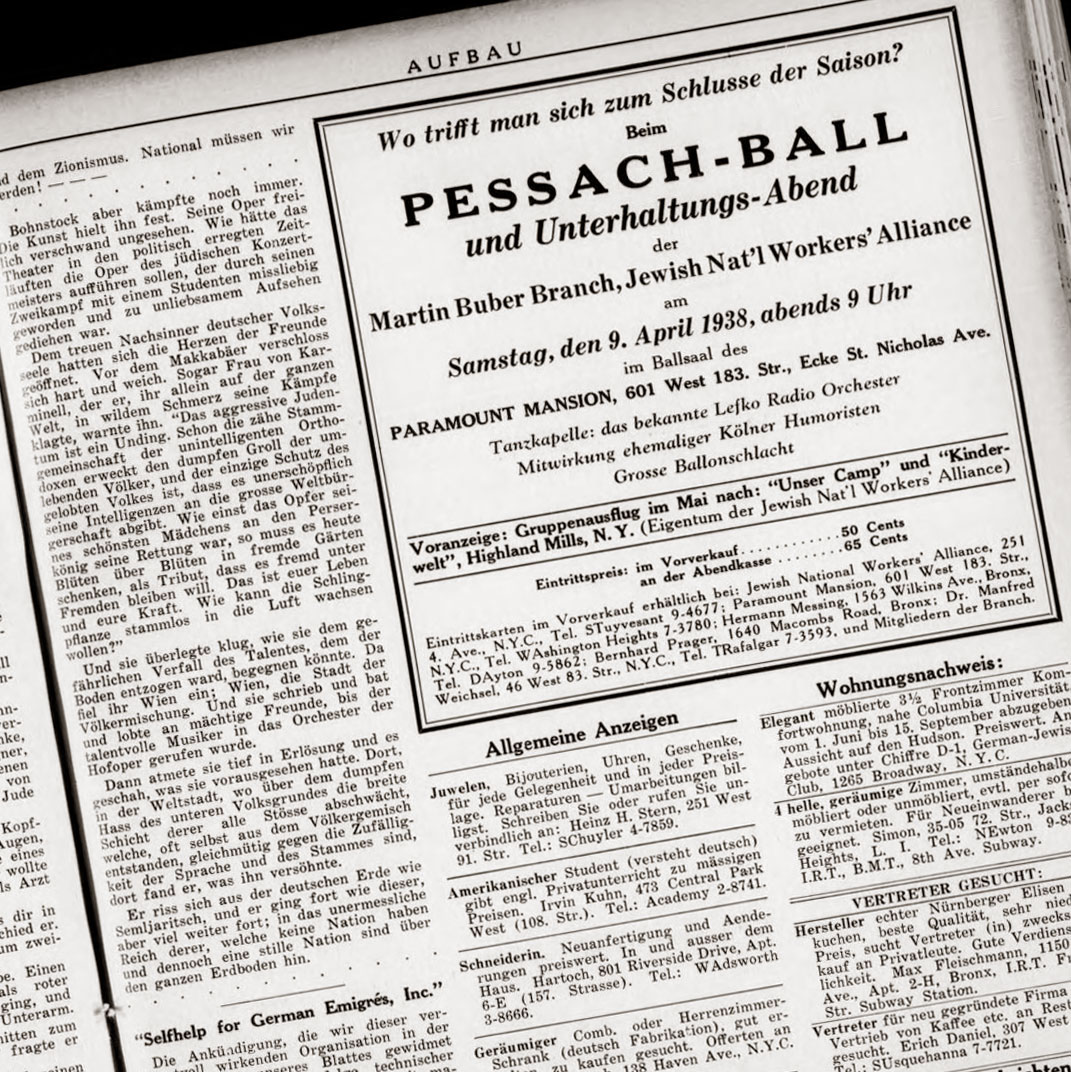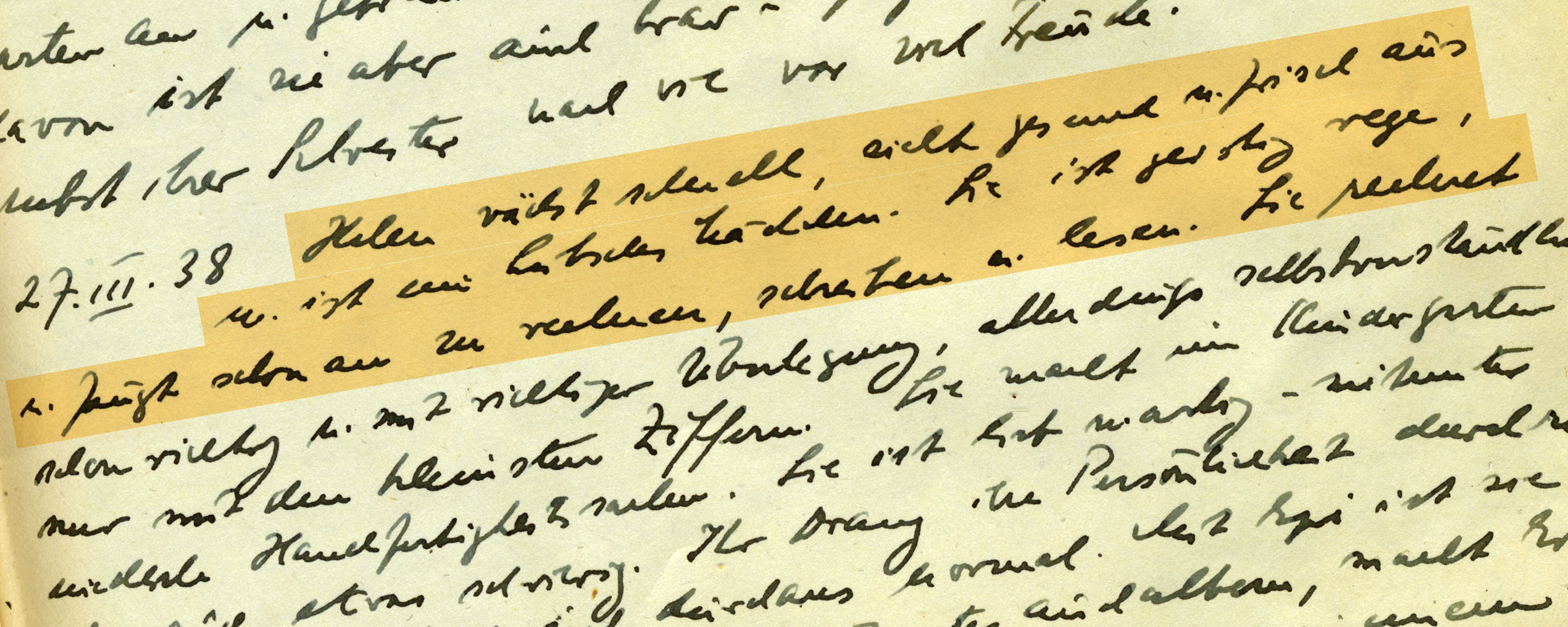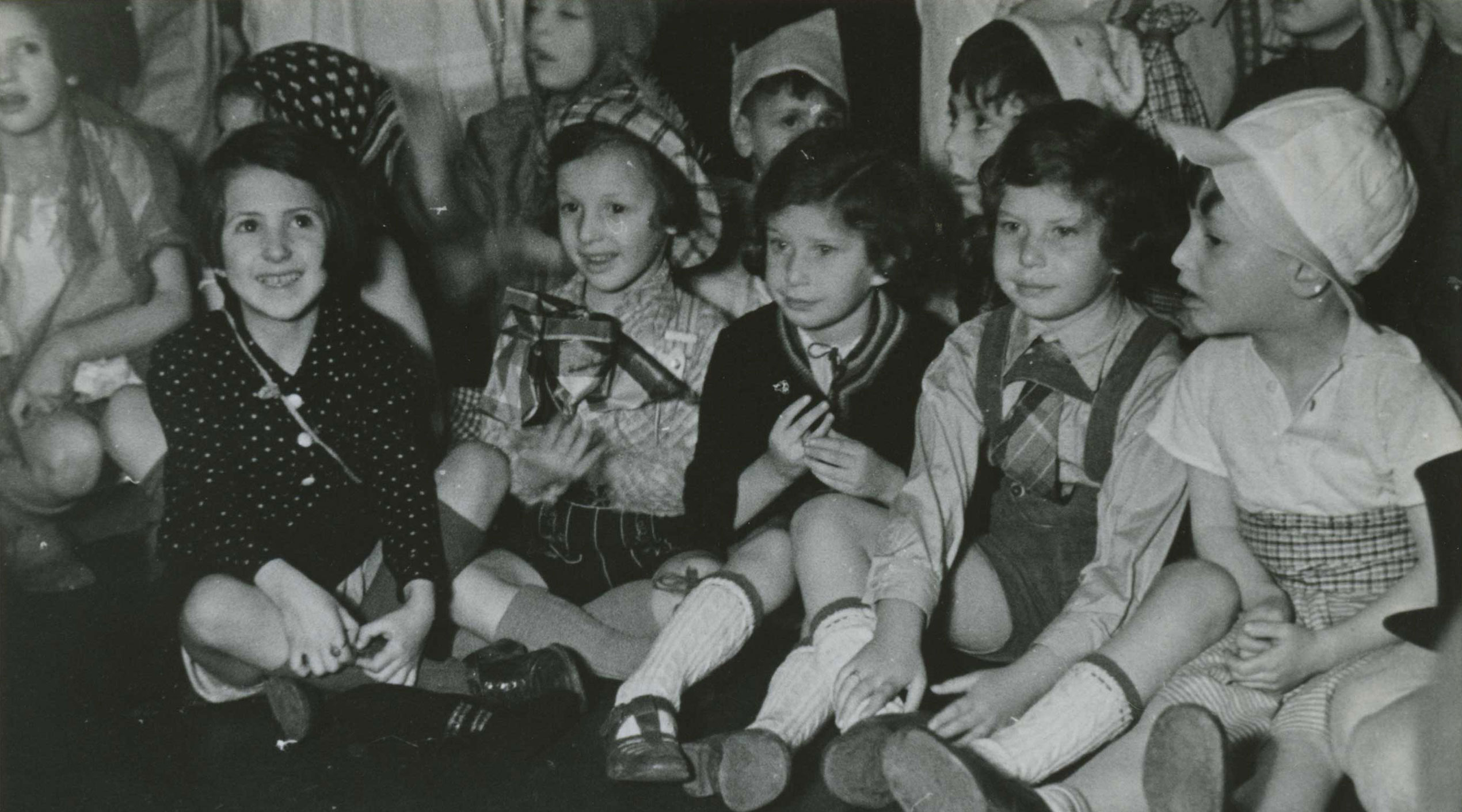A time for pause
Berlin
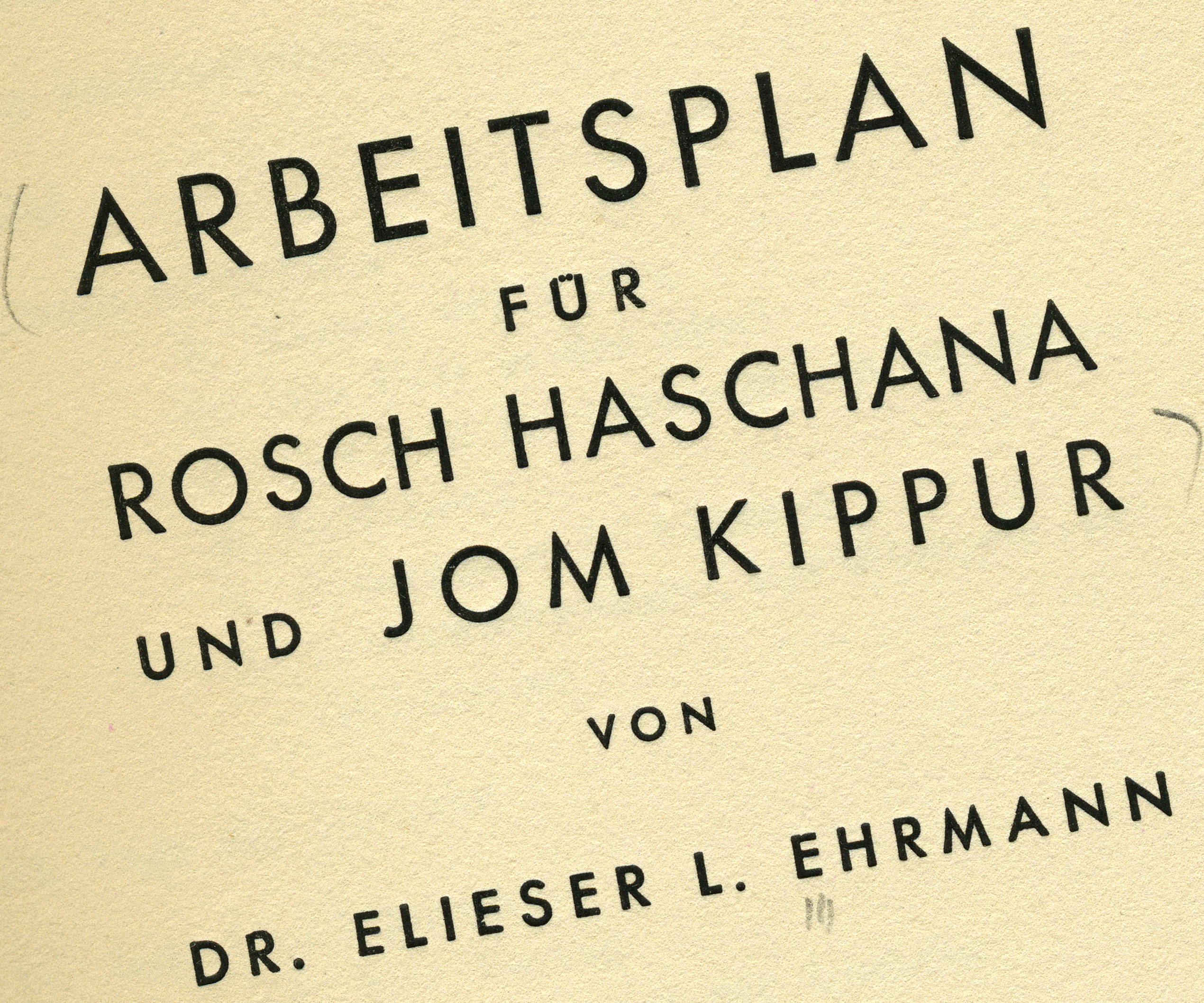
“Where circumstances permit, the teacher should also use gramophone records in this lesson. For the high holidays, there's a range of good recordings of synagogue music available.”
Berlin
In 1938, Yom Kippur fell on October 5th, a Wednesday. The educational department of the “Reich Representation of Jews in Germany” had published a booklet this year which contained numerous suggestions as to how the holiday could be observed in schools. It reads like a didactic handout which could have been written exactly the same way in earlier or in later years. There is no reference to the difficult circumstances in which Jews and, not the least, Jewish schoolchildren found themselves in Germany in 1938. In the previous five years, the Nazis had gradually implemented “racial segregation” in public schools. Already by 1936, the ratio of Jewish students in public schools was nearly half of what it had been before.
Chronology of major events in 1938
Jews’ passports invalidated
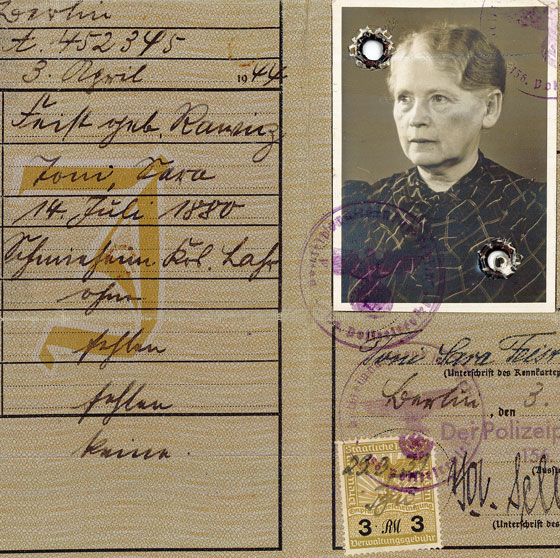
The passport of a Jewish woman stamped with the obligatory "J" for Jew. Siegmund Feist Collection, Leo Baeck Institute
The Reich Ministry of the Interior invalidates all passports owned by Jews. From now on, only those marked with a prominent red letter “J” will be considered valid. The measure is another step in the Nazis’ campaign to permanently separate Jews from the rest of the population
View chronology of major events in 1938
